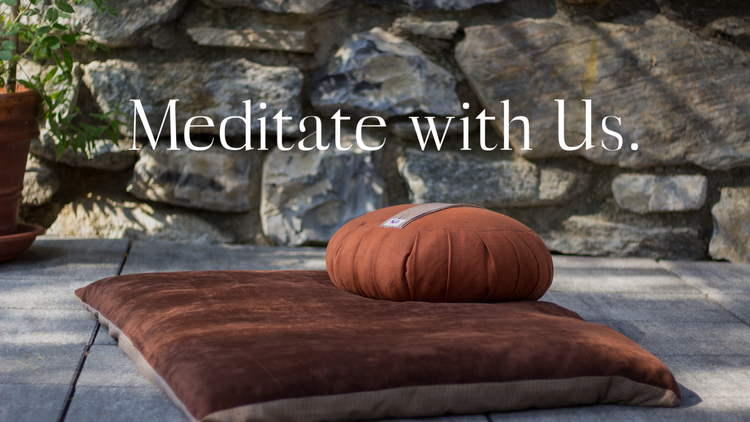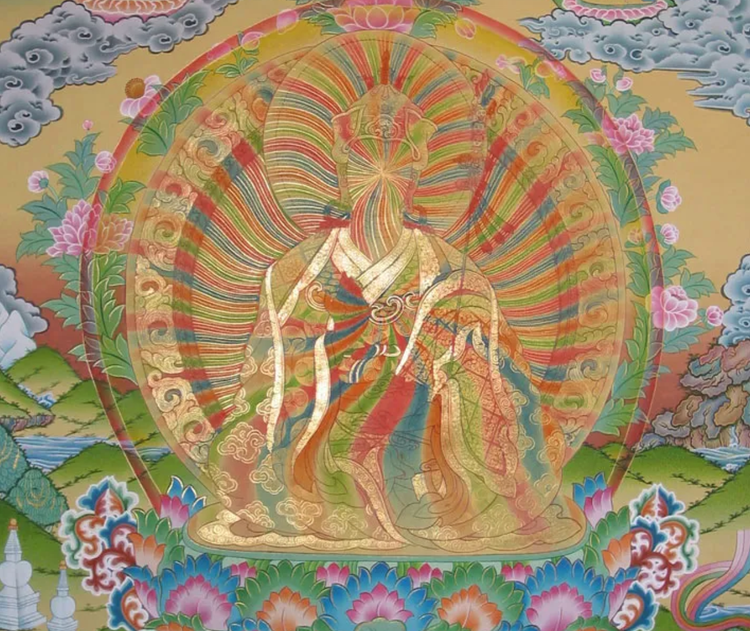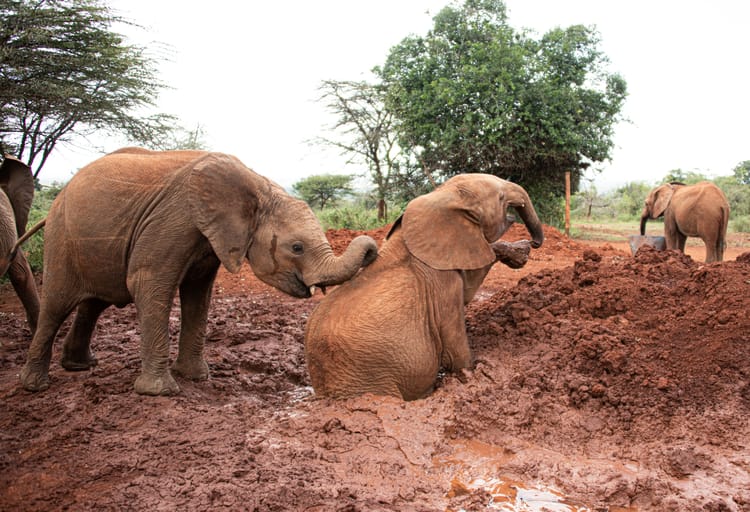The opposite of awareness.

Dzogchen takes awareness (Tib: rigpa) as the path and that awareness takes the form of pure presence. It is a way of being in which we are open, receptive and dynamic. An excellent metaphor for this presence of awareness is dancing, in which we are responsive and in union with the arising of experience around us.
It can often be difficult to recognize that awareness since it is utterly beyond description and is groundless in nature. There is nothing to hold onto, and so we can never be quite too sure that we got it, or get it. Doubt can creep into our minds about if we are "doing it right."
We can be sure that if we are trying to do it right, or struggling to embody what we think of as 'presence', then we are still a bit mistaken and haven't quite grasped the key point. We cannot contrive or fabricate a state of presence.
It is often much easier to recognize when we aren't embodying open presence. The state of unawareness (Tib. ma-rigpa) is where we usually live out the course of our lives. The state of confusion about who we are and the nature of the world around us. This usual sense of diminished awareness, or stupor, or malaise that we carry through our days. I often find myself reaching for another cup of coffee to "turn up the lights" of my dullness and malaise.
We can easily recognize this state of diminished awareness. It is the struggle to break out, to break free, to move beyond ourselves and the imposed limits of our narrow mind. Do you ever get that feeling that you need to get out of your own way, but this heaviness inside keeps holding you back? Like you just can't muster up enough gumption to actually be present and responsive. I do.
Recognize these moments of malaise, hesitation and doubt. Recognize the holding back and the holding on to whatever is coming up in your experience. Recognize them for what they are- the state of confusion in which our presence in the world is diminished. We cannot be fully present when we continually give in to this inner struggle that is playing out in our hearts and minds.
When we recognize these moments, we need to follow the meditation instructions:
"Let go. Let it be as it is."
There is a gap that opens up. A gap between the moment of confusion and the awareness that recognized that confusion. In that gap is the state of pure open presence. Recognize the nature of your own awareness in that gap. Recognize the state of uncontrived, pure presence free from the confines of mind or mental states. It is in that moment that we can recognize the buddha within, our own buddhanature or buddha heart.
It is in that moment that we abide in the world in a deeper way, and can discover the resources and utility to participate and contribute meaningfully to the world around us. It is in that moment that we discover that we have enough and that we are sufficient just as we are. In that moment, there is nothing to be added or taken away, nothing to accomplish and nothing to overcome, and so it is called the natural great perfection, Dzogchen.
Of course,
the story does not stop there.
The world keeps turning, and we must keep dancing.




